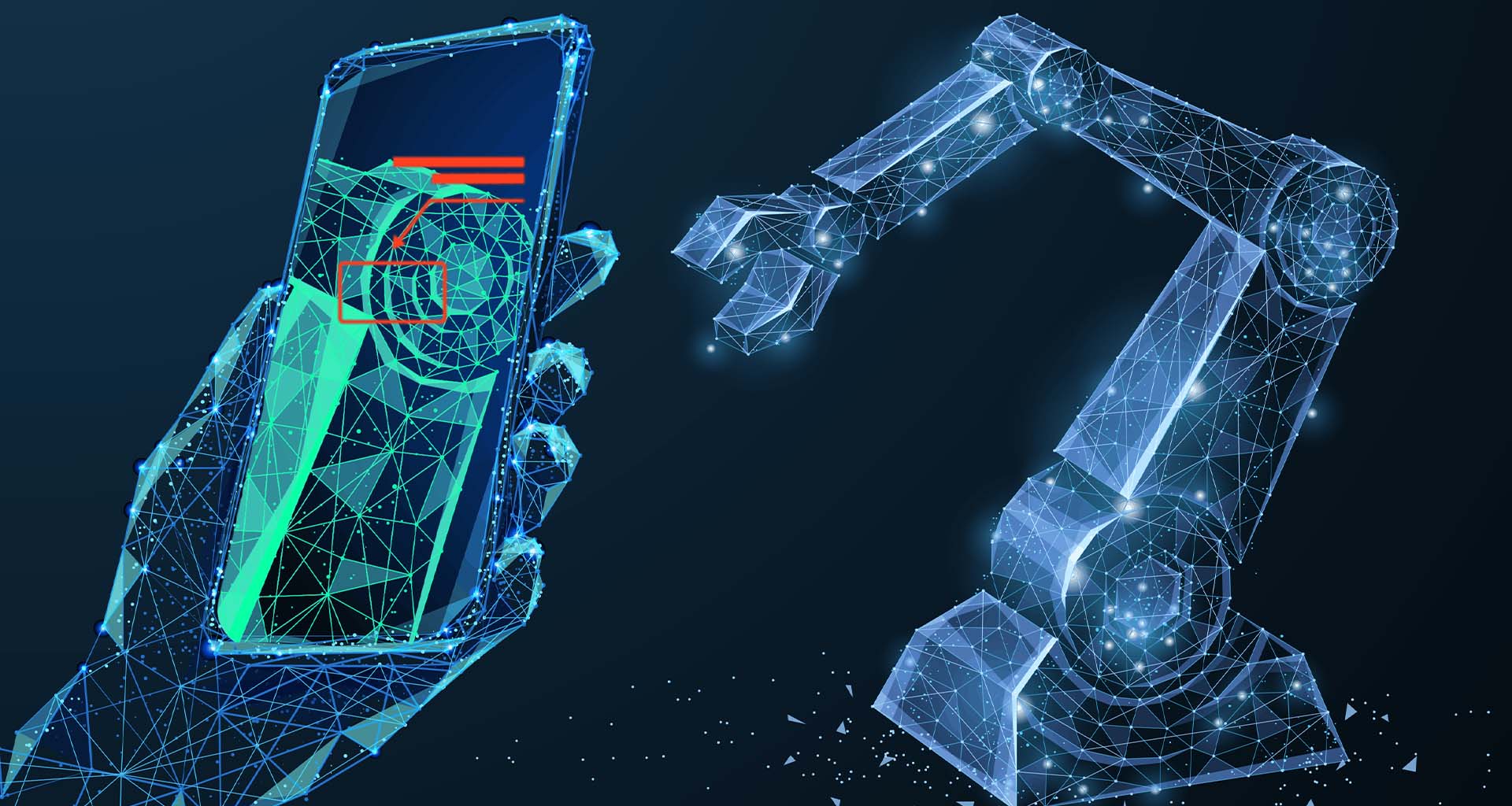Contents
2020 and 2021 have been roller-coaster years for businesses, having to respond and pivot from one crisis after another. From a global pandemic and blocked Suez Canal, to natural disasters like the freeze in Texas, fires in California, and floods in Australia, to technical disasters like massive cyber-attacks and a global microchip shortage, businesses across all industries have been caught off-guard and unprepared. While many of these crises were impossible to predict, what has become crystal clear is the importance of having a disaster recovery plan, including having technologies in place that allow the business – especially those that provide field services — to adapt to changing conditions, return to normal quickly, and protect customers and employees.
4 Ways to Prepare for Any Possibility
1. Invest in IoT
The Internet of Things (IoT) refers to a network of physical objects or “things” embedded with smart technology, enabling these objects to collect and exchange data. Using sensors, this data can be transformed into actionable information that businesses can use to prepare their disaster recovery plan. For example, sensors can measure temperature, water quality, pressure level, harmful gasses, smoke, and humidity, alerting businesses to any issues that can be addressed before the business is negatively impacted. IoT sensors can also enable service organizations to monitor equipment remotely, gathering real-time diagnostic data that empowers the company to provide proactive service before any downtime occurs.
2. Choose contactless service delivery and inspection
Remote visual assistance is an increasingly popular technology that enables field service organizations to provide contactless assistance to customers and technicians. It establishes a live video stream with the user and overlays Augmented Reality annotations to provide step-by-step resolution guidance on their mobile screen.
Advanced solutions use the power of Computer Vision AI to recognize the equipment and the problem, such as LED lights, error messages, or cabling issues – enabling the company to provide faster resolutions without dispatching a technician.
When a truck roll is necessary, the technology allows service organizations to perform remote inspections, ensuring that the technician comes on site with the right skills and tools to fix the issue the first time. Remote job verification – either assisted or automated – removes the bottleneck of waiting for a supervisor, enabling technicians to sign off on a job faster.
An organization that has these systems in place will be prepared for business continuity even when disasters strike.
3. Promote predictive modeling
Predictive modeling uses powerful algorithms to analyze past data to predict future trends. Predictive modeling works by combining geographical data, real-time images, sensor-based evidence, and other knowledge to proactively identify areas of the business that need improvement before an actual crisis occurs. These ‘war game’ exercises provide companies with essential insights for understanding the economic and human impact a disaster may have on their business so they can create a solid disaster recovery plan and be better prepared for future incidents.
4. Integrate internal systems
In times of crisis or chaos, disconnected business systems can result in field services struggling to find critical data such as customer history or job details. A critical element of your disaster recovery plan should be to reduce the pressure on your organization by consolidating existing systems into a single integrated environment. Your CRM solution, FSM system, visual assistance solution, ERP system, and communication systems should all integrate seamlessly to make it easier for employees to quickly access data when time is of the essence. Another added benefit of integration is it helps boost technology adoption and increase ROI.
Creating a Disaster Recovery Plan for Field Service Organizations
Disasters are unavoidable, but businesses can take steps to prepare for the time that a crisis inevitably strikes. Putting technology in place – such as IoT sensors, remote visual assistance, predictive modeling, and integrated systems — will go a long way to helping field service organizations take a proactive, rather than reactive, approach to a crisis. For field service organizations, disaster preparedness ensures business continuity, minimizes lost revenue, and enables employees to resume operations faster.






